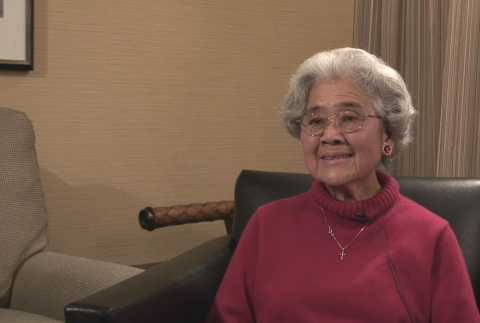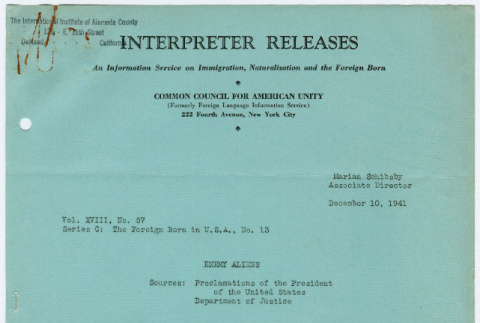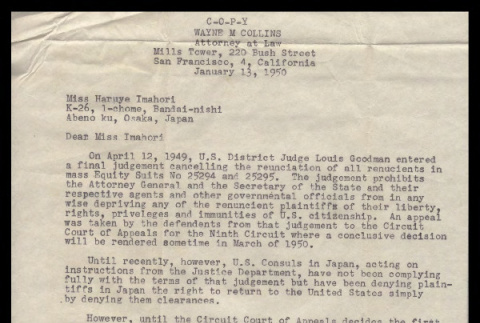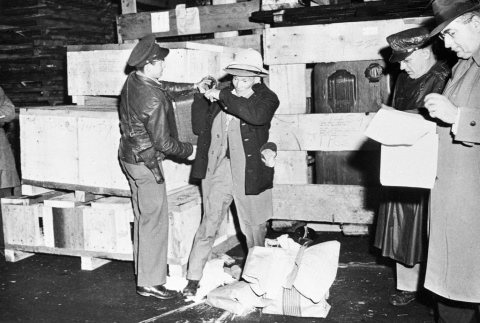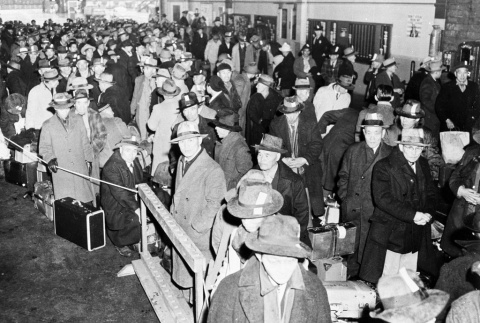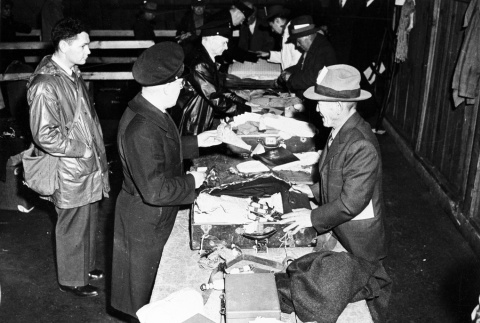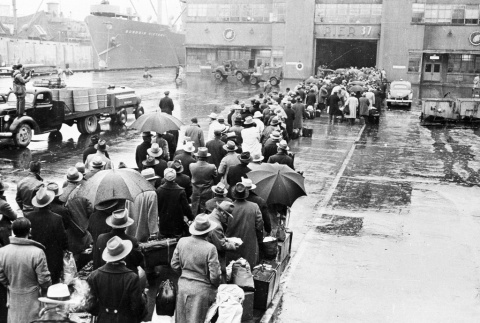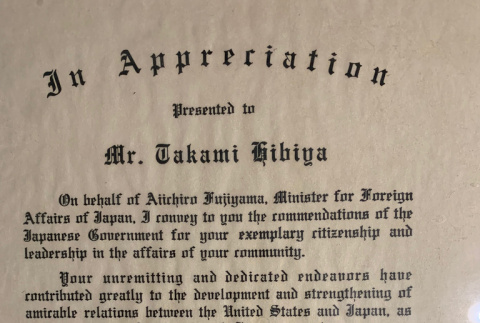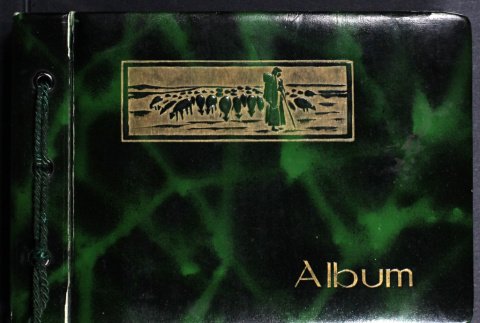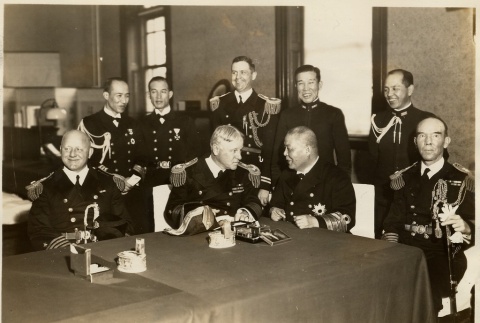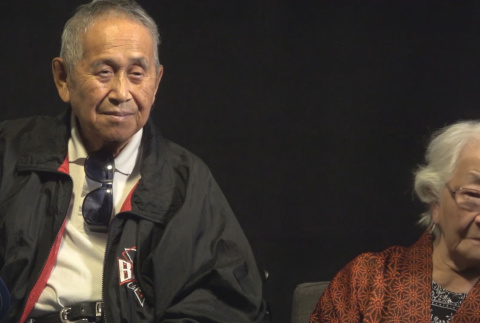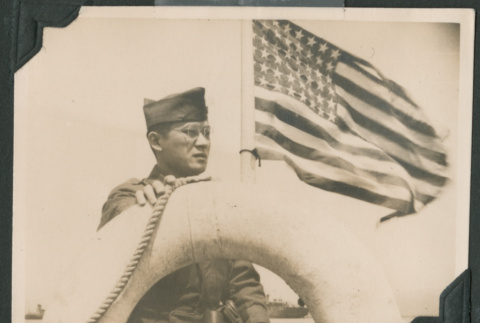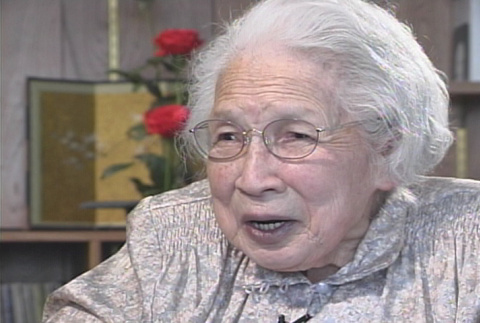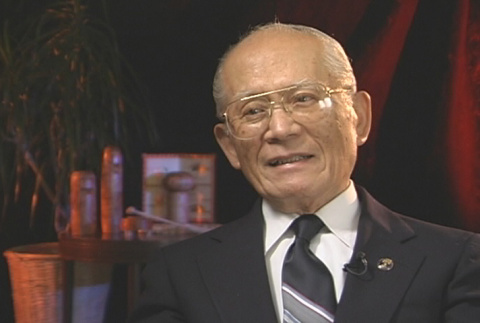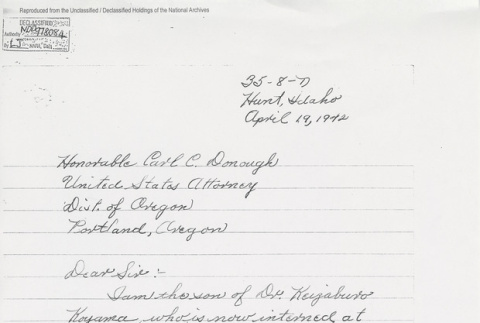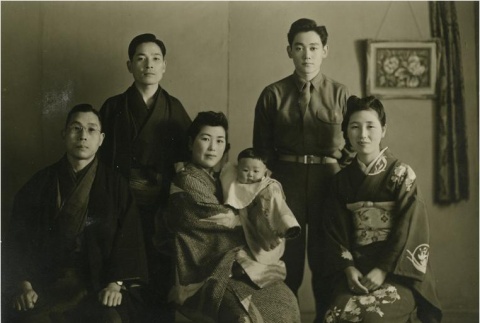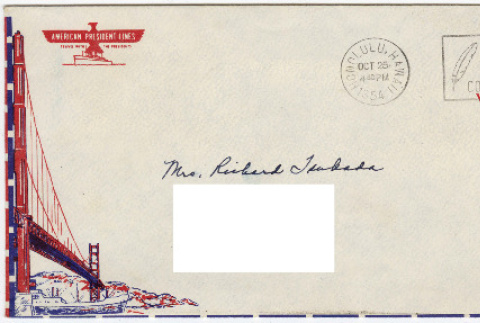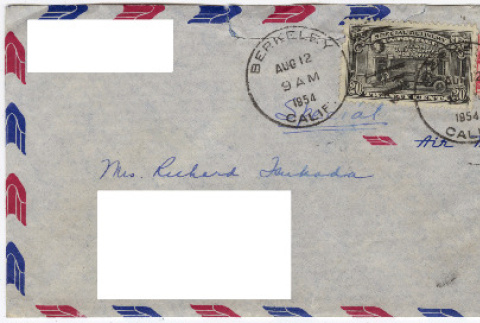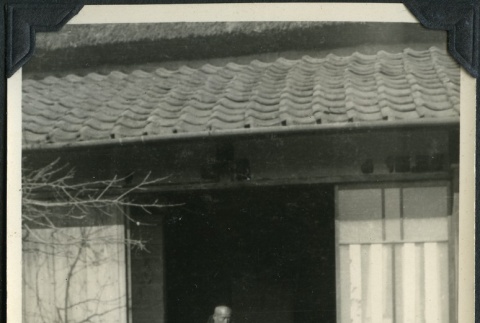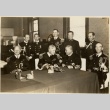246 items
246 items
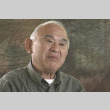
vh
Tom Akashi Interview Segment 48 (ddr-densho-1000-164-48)
Mother and siblings eventually return to live in United States, father chooses to remain in Japan for rest of his life
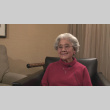
vh
Maria Sato Interview (ddr-manz-1-165)
Nisei female. Born November 19, 1930, in Trujillo, Peru, where father ran a construction company. After the bombing of Pearl Harbor, father was arrested by the FBI and taken to the United States. The family joined him in Crystal City, Texas, then went to Japan after the war. Maria lived and worked in Japan until the …
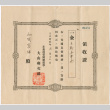
doc
Certificate with decorative border (ddr-densho-390-30)
A certificate written in Japanese with a decorative border and stamp, possibly related to a Matsuoka family member's journey from Japan to the United States.
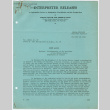
doc
Interpreter Releases Vol. XVIII No. 57 Series C: The Foreign Born in U.S.A., No. 13 (ddr-densho-356-838)
Summery of and full text of President Franklin Roosevelt's Proclamation regarding citizens of Japan in the United States. Summery produced by Common Council for American Unity.
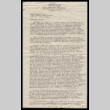
doc
Letter from Wayne M. Collins, Attorney at Law, to Miss Haruye Imahori, January 13, 1950 (ddr-csujad-55-2246)
Correspondence from Wayne Collins to Haruye Imahori regarding individuals who renounced their United States citizenship and repatriated to Japan but wish to return to the United States. See this object in the California State Universities Japanese American Digitization project site: sac_jaac_2349

img
Siblings (ddr-densho-107-27)
All of Roy Matsumoto's siblings were born in the United States, but went to live in Japan. Left to right: (in chronological order) Takeshi, Tsutomu, Noboru, Harue, Isao, and Shizue.
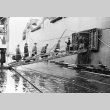
img
Japanese repatriates leaving for Japan (ddr-densho-37-277)
Original WRA caption: "Japanese repatriates embarking for Japan." Although the WRA caption specifically refers to repatriates, many Japanese Americans who left were citizens of the United States and therefore, expatriates.
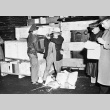
img
Japanese repatriates leaving for Japan (ddr-densho-37-281)
Original WRA caption: "Japanese repatriates embarking for Japan." Although the WRA caption specifically refers to repatriates, many Japanese Americans who left were citizens of the United States and therefore, expatriates.
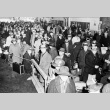
img
Japanese repatriates leaving for Japan (ddr-densho-37-278)
Original WRA caption: "Japanese repatriates embarking for Japan." Although the WRA caption specifically refers to repatriates, many Japanese Americans who left were citizens of the United States and therefore, expatriates.
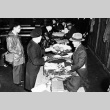
img
Japanese repatriates leaving for Japan (ddr-densho-37-282)
Original WRA caption: "Japanese repatriates embarking for Japan." Although the WRA caption specifically refers to repatriates, many Japanese Americans who left were citizens of the United States and therefore, expatriates.
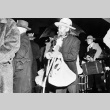
img
Japanese repatriates leaving for Japan (ddr-densho-37-279)
Original WRA caption: "Japanese repatriates embarking for Japan." Although the WRA caption specifically refers to repatriates, many Japanese Americans who left were citizens of the United States and therefore, expatriates.
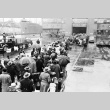
img
Japanese repatriates leaving for Japan (ddr-densho-37-280)
Original WRA caption: "Japanese repatriates embarking for Japan." Although the WRA caption specifically refers to repatriates, many Japanese Americans who left were citizens of the United States and therefore, expatriates.
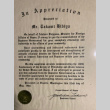
img
Certificate of Appreciation from the Minister for Foreign Affairs of Japan (ddr-densho-381-194)
A certificate of appreciation from the Minister of Foreign Affairs of Japan, commending Takami Hibiya on his efforts to develop and strengthen relations between the "United States and Japan, as well as between Americans and Japanese within... [his] community."
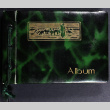
doc
Shepherd Photograph Album (ddr-densho-404-1)
A green, gold, and black photograph album of Takeo Tagami's photographs. The cover is decorated with a gold illustration of a shepherd tending a flock of sheep.The album contains an assortment of photographs of Tokeo's and his companions' travel between the United States and Japan, explorations of United States National Parks and other sites, and snapshots …
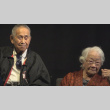
vh
Kikuno Goi - Mitsuo Goi Interview (ddr-chi-1-1)
Kibei Nisei couple. Kikuno was born in the United States, then moved to Japan with her family after her father passed away. In the lead up to World War II, her uncle sent Kikuno and her brother back to the United States, where they were raised in foster care in northern California. During World War II, …
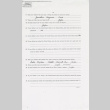
doc
U.S. Department of Justice Alien Enemy Questionnaire page 19 of 26. (ddr-one-5-140)
Photocopy of a declassified questionnaire used to determine if the person named is to be considered an enemy alien. This page covers questions 77 - 88 of 111. Koyama writes that his deceased father's name is Jenichiro Koyama and that he was born in Japan and is not a United States citizen. His mother's name is …
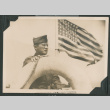
img
Nisei soldier with American flag (ddr-densho-397-337)
The caption in the photo album reads "Spot on jaw appears on negative". Takashi Matsui poses with the United States flag. Matsui was stationed in Japan with the U.S. military during the Allied occupation of Japan after the end of World War II.
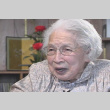
vh
Yasashi Ichikawa Interview I Segment 13 (ddr-densho-1000-111-13)
Differences between Buddhist temples in the United States and Japan (Japanese language)
This interview was conducted in Japanese. The transcript is a translation of the original interview.
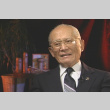
vh
Takashi Matsui Interview Segment 3 (ddr-densho-1008-4-3)
Comparing education in the United States and Japan
Members of the National Japanese American Historical Society (NJAHS) arranged for and conducted this interview in conjunction with Densho.
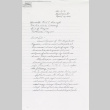
doc
Letter from William K. Koyama from the Minidoka Concentration Camp to the United States Attorney Carl C. Donaugh asking him to parole his father, Keizaburo Koyama. Page 1 of 4. (ddr-one-5-165)
Photocopy of a declassified letter written by Keizaburo Koyama's son, William, to the United States Attorney Carl C. Donaugh asking him to release his father to the Minidoka War Relocation Center. He lists as his first reason that his father never financially supported the Japanese Government, nor did he have any intention of returning to Japan …
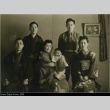
img
Family portrait (ddr-densho-166-2)
Jim Minoru Mayeno, a member of the United States' Military Intelligence Service pictured with relatives in Japan. This photo is of Jim with his Suda relatives. He also met his Mayeno relatives (not pictured).

doc
Letter to Yuri Tsukada from Wak Domoto (ddr-densho-356-599)
Letter to Yuriko Domoto Tsukada from her sister Wakako Domoto. Wak writes about the start of her sea voyage back to the United States from Japan and her plans for the stopover in Hawaii.
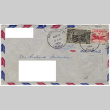
doc
Letter to Yuri Tsukada from Wak Domoto (ddr-densho-356-595)
Letter to Yuriko Domoto Tsukada from her sister Wakako Domoto. Wak writes about her packing for her trip to Japan and the latest news about their nephew, Masato Nakashima, coming to the United States.
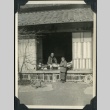
Collection
Mas Okabe Collection (ddr-manz-5)
The Mas Okabe Collection contains photographs and documents related to the Okabe Family, including their repatriation to Japan and military service in the United States after World War II.

